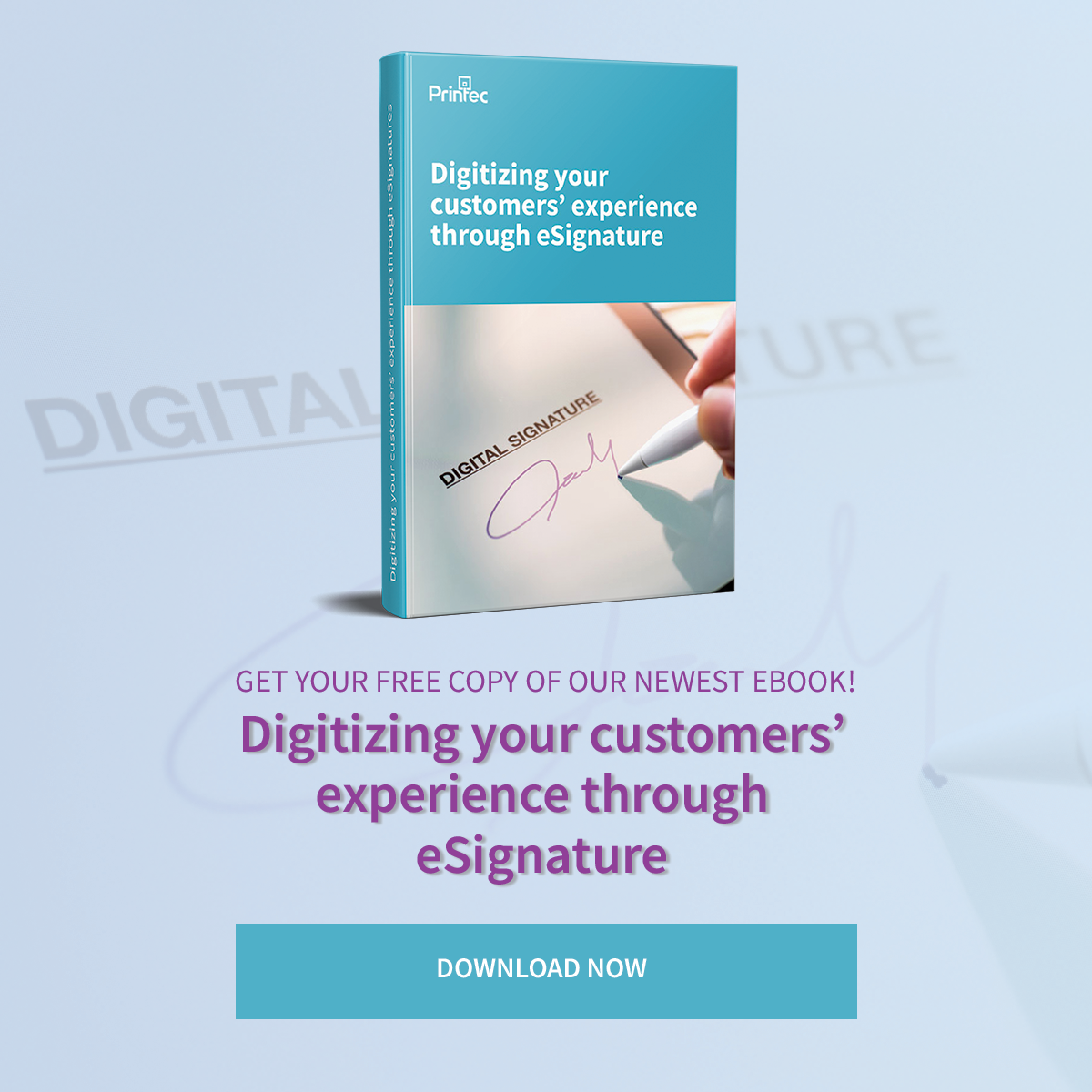
The financial industry - being quite pragmatic by definition, wanted predictability, sustainability, and a straight-line evolution. But they didn’t get their way.
Until recently, banks used to be big, reputable and were competing with other banks.
Today’s reality is quite different: a lot of people don’t trust banks and there are many banks that are small, digital and flexible. An Accenture study about consumer’s attitude toward sharing data with banks states that:
- 75% of consumers are very cautious about sharing their personal data
- 59% of people would share more information in exchange for lower prices
- 53% would like a faster, easier loan approval process
- 53% would be fine with their bank using location information to offer personalized local offers
And on top of that, the current competitors for banks are technology or commerce giants such as Apple, Samsung, and Amazon.
There are many reasons that have driven this change. Many of them relate to the availability and accessibility of technology, as well as to the resulting changing customer behavior. To reflect these changes and to create a new set of rules for a changing economy, there have also been significant regulatory changes brought into effect. One of those changes is the - now - famous PSD2 (Payment Services Directive 2).
PSD2 was initiated in 2016 and went into full effect in EU countries on September 2019.
It challenged the traditional way of the financial services sector: until today, only banks had access to information related to accounts and payments. PSD2 changed that by allowing more players to enter the game.
5 stages of loss and the next day for banking
The benefits of the change brought by PSD2 seemed to be lost on most banks, as the perceived threat weighed more than the respective opportunity. Some forward-thinking banks realized the potential fast but most went through the classic 5 stages of loss that we all go through when experiencing tough times.
 STAGE 1 - DENIAL
STAGE 1 - DENIAL
New players in the banking market, they are the DISRUPTORS (aka the bad guys)!
 STAGE 2 - ANGER
STAGE 2 - ANGER
This is unfair! They’re smaller, more flexible and don’t need to comply as much!
 STAGE 3 - BARGAINING
STAGE 3 - BARGAINING
Maybe we should work with a Fintech…
 STAGE 4 - DEPRESSION
STAGE 4 - DEPRESSION
No way we can compete!
 STAGE 5 - ACCEPTANCE
STAGE 5 - ACCEPTANCE
Maybe we can generate more business. If only we could find the right business model...
An increasing number of industries have been through total disruption: think hospitality, transportation, software, medicine.
The sooner the new reality is accepted, the faster adoption and / or adaptation will take place, leading to a sustainable business model and securing a place in this new reality.
For banks, this means connecting with tech-savvy generations, creating new offerings, and regaining the market’s trust.
Through our expertise and NCR's Authentic solution, we can help financial institutions create business value in an increasingly open and disparate transaction ecosystem, optimizing current services by increasing their performance and providing new, enhanced services that help improve the user experience.








